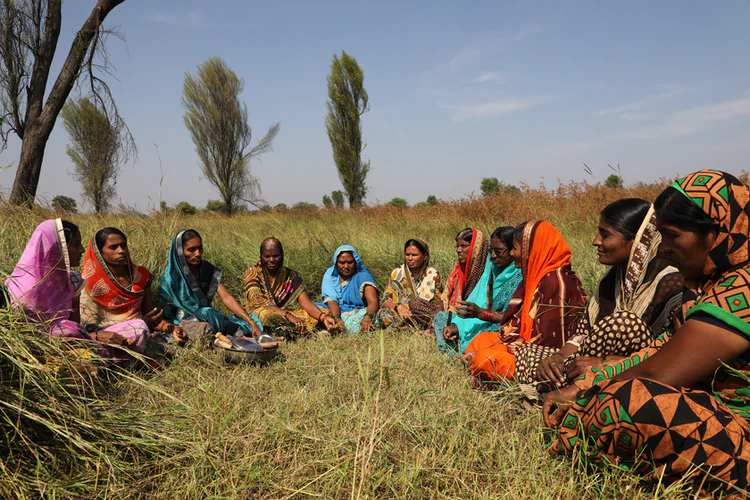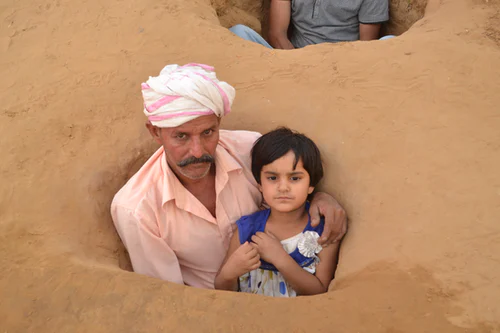Farmer and agriculture are weaved into India’s history, present and future.
India is characterized by its agro-ecological diversities, and it is considered the world’s largest producer of pulses, rice, wheat and spices. Although half of the population is still dependent on agriculture and allied industries, in recent years the agrarian sector is in distress due to numerous factors.
The majority of the marginal farmers are either indebted to banks and money lenders or face credit crisis and over 76% of marginal farmers are thinking about giving up farming. Also, though India claims to be an agriculture-based economy, schemes and policies enacted have been ineffective. Only 6% of farmers benefit from MSP and the government procurement was less than 50% of the total production of major grains in India.
With over 85% of farmers owning small tracts of land, these issues have called for serious attention and the need for reshaping the agricultural industry.
Major Hassles in the Path of Marginal Indian Farmers
Although Indians proudly talk about how their culture and history is closely intertwined with agricultural practices, the issues faced by marginal farmers remain unnoticed. The returns from farming in comparison with the price of farming inputs are meagre. The prices of most crops remain below the Minimum Support Price(MSP) offered by the government, and the subsidies never meet all the farming requirements.
Most crops are grown in surplus resulting in low demand, and farmers are forced to sell these at a meagre rate. Often heaps of them get rotten within barns due to lack of storage and transport facilities. These leave them dumbfounded and make their future uncertain.

Other issues faced by marginal farmers include:
-
- Fragmented Land Holding
- Scarcity of Capital
- Lack of Access to Irrigation
Over 86.2% of agricultural land in India is scattered and economically unviable. Both irrigation and the use of machines in small patches of land can be costly and time-consuming. Often the return from the small patches of land do not meet their daily expense and leads to more liability.
Farmers face a lot of trouble as they often have no capital to purchase necessary farm equipment, fertilizers, HYV seeds, and irrigation facilities. Marginal farmers are often forced to do work manually using conventional tools. This is time-consuming and results in less yield and further loss for the farmers. Also, the lack of money for investment leads them to debts which they often fail to pay.
Most farmers in India depend on rainfall, but rainfall is unreliable and unevenly distributed in India. Farmers often find it challenging to trace down alternative means of irrigation. Although the government offers subsidies for irrigation facilities, they often do not reach marginal farmers. Inadequate irrigation facilities cut down their yield into half and sometimes destroy the whole season’s crops.
Time for Action

With rising farmer protests and suicides across the country, it is high time that we acknowledge the hard work of marginal farmers. The government must introduce farmer-friendly policies and ensure that the farmers receive a genuine MSP. The government must also arrange neoteric technologies and AI integrated farming practices to procure and store surplus crops. Initiating big data and promoting the use of less expensive native seeds can also help marginal farmers overcome their problems.
Hence, let us take up the issues faced by marginal farmers seriously and lend a hand to the ones who feed us. Hope with all little efforts from the part of farmers as well as the government will help the marginal farmers rise above the crisis and regain the glory and pride of agriculture.

Connect with Half Land, a one-stop technology-enabled solution for Indian farmers and consumers to sell and buy the best agro products.
